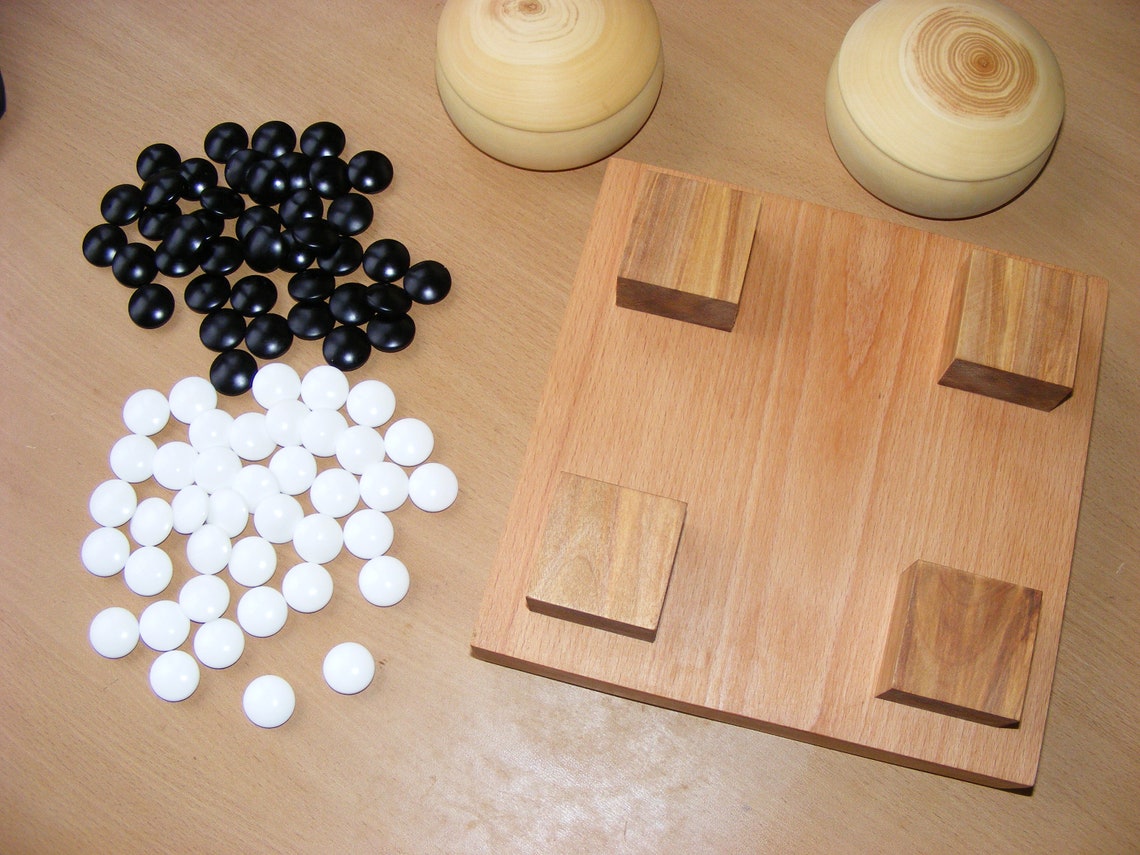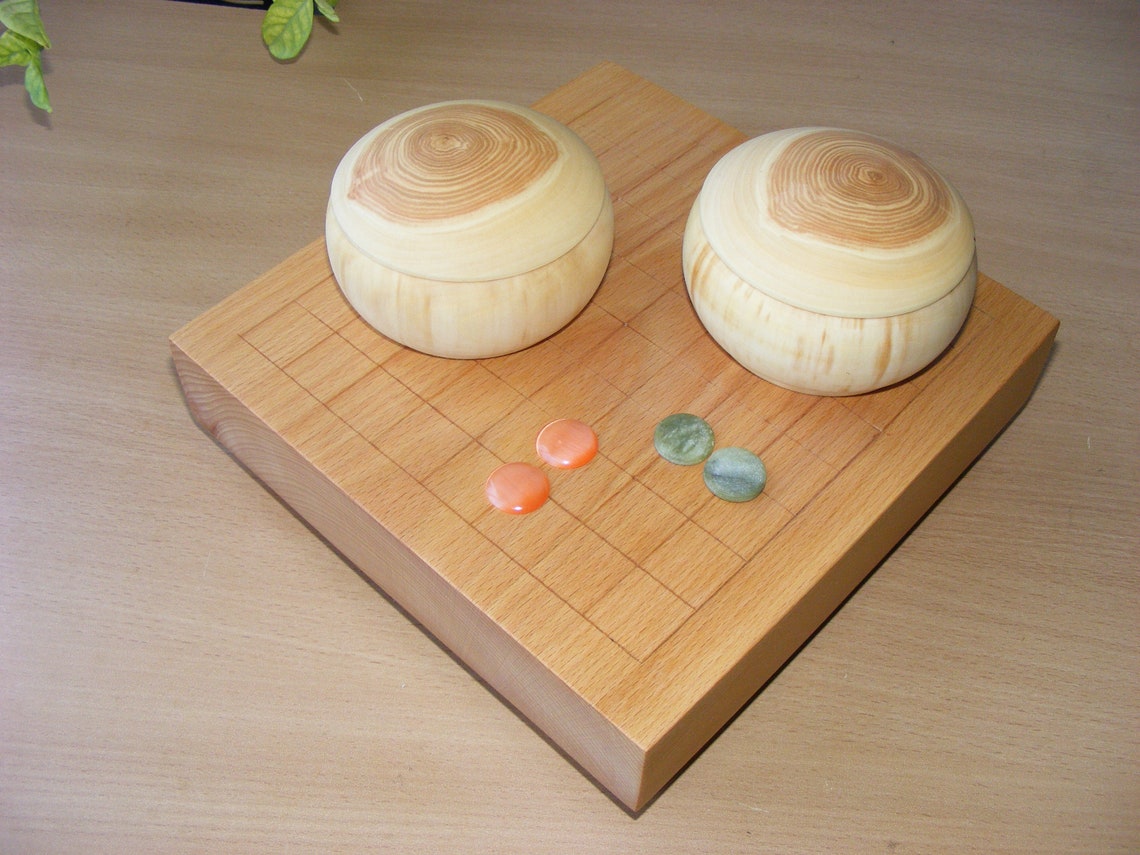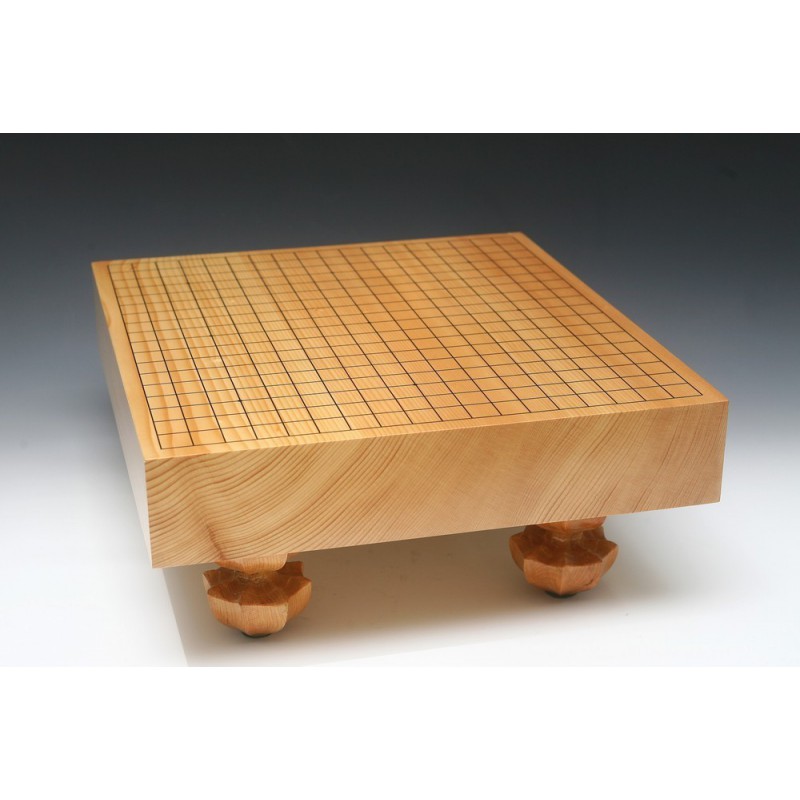
A 2009 review article about the safety of nanoparticles summarizes this, "to date, in-vivo and in-vitro studies have not demonstrated percutaneous penetration of nanosized particles in titanium dioxide and zinc oxide sunscreens".

But do not panic, these are concerns under investigation.
#Goban translator free#
Once absorbed they might form unwanted complexes with proteins and they might promote the formation of evil free radicals.

#Goban translator skin#
The main concern with nanoparticles is that they are so tiny that they are absorbed into the skin more than we want them (ideally sunscreen should remain on the surface of the skin). The itsy-bitsy Nano-sized particles improve both spreadability and reduce the whitish tint a lot, but unfortunately, it also introduces new health concerns. The cosmetic industry is, of course, really trying to solve this problem and the best solution so far is using nanoparticles. Sunscreens containing Titanium Dioxide are often hard to spread on the skin and they leave a disturbing whitish tint. The disadvantage of Titanium Dioxide is that it's not cosmetically elegant, meaning it's a white, "unspreadable" mess. Regular sized Titanium Dioxide also has a great safety profile, it's non-irritating and is pretty much free from any health concerns (like estrogenic effect worries with some chemical filters). Its protection is very good between 290 - 350 nm (UVB and UVA II range), and less good at 350-400 nm (UVA I) range. Vinyl Dimethicone/Methicone Silsesquioxane CrosspolymerĪnyway, it doesn't matter if it reflects or absorbs, Titanium Dioxide is a pretty awesome sunscreen agent for two main reasons: it gives a nice broad spectrum coverage and it's highly stable. Propylene Glycol Dicaprylate/Dicaprate , If you wish search for all inscriptions that may possibly fall within theĭate range specified, dated or undated, simply tick this box.Vinyl Dimethicone/Methicone Silsesquioxane Crosspolymer , To avoid this, a checkbox labeled "Included undated inscriptions" has been added to the Date Range filter panel, which is not ticked by default. Since all undated inscriptions will necessarily fall within any range specified. This means that queries for a certain range of dates will be over-inclusive, An advanced search interface is being developed that will permit more fine-grained search queries and give the user significantly more control over search results.ĭates: Given the inherent difficulty in dating inscriptions, most have not been assigned a particular date or range of dates any more specific than those of the traditionally recognized Romano-British era ( a.d. It is hoped that the filtering function can help to reduce the number of search results. The search functionality currently searches the texts of each inscription, as well as its English translation and all associated metadata. This means searching for 'cohors' will return inscriptions containing cohors, cohortis, etc. Note that all Latin words have been lemmatised. E.g., searching for "Old Carlisle" will return results containing the phrase "Old Carlisle", but omit inscriptions containing only Old and only Carlisle.Īfter you receive your first set of search results, you will have the option to apply further filtering criteria. Searches for phrases consisting of more than one word should be enclosed within double quotation marks.

E.g., searching for Sul* will return results including Suleviae, Sulinus, Sulis, Sulpicius, etc. You must use capital letters for OR or AND - otherwise the search engine will interpret or (or and) as a search term. Likewise, if you want to see inscriptions that mention Mars and Cocidius, enter Mars AND Cocidius. If you want to see inscriptions that mention Mars or Cocidius, enter Mars OR Cocidius.

This means searching for IMPERATOR will return exactly the same results as imperator.īoolean searches are supported. Note that only those inscriptions in RIB volumes I (1-2400) and III (3001-3550) may currently be found.Įnter the search term you are interested in, e.g., Mithras, Vindolanda, or Caracalla. If you already know the number of the inscription from RIB, or tablet from the Vindolanda or Bloomberg Tablets, you could Search by number. This on-line edition is fully indexed and searchable.


 0 kommentar(er)
0 kommentar(er)
